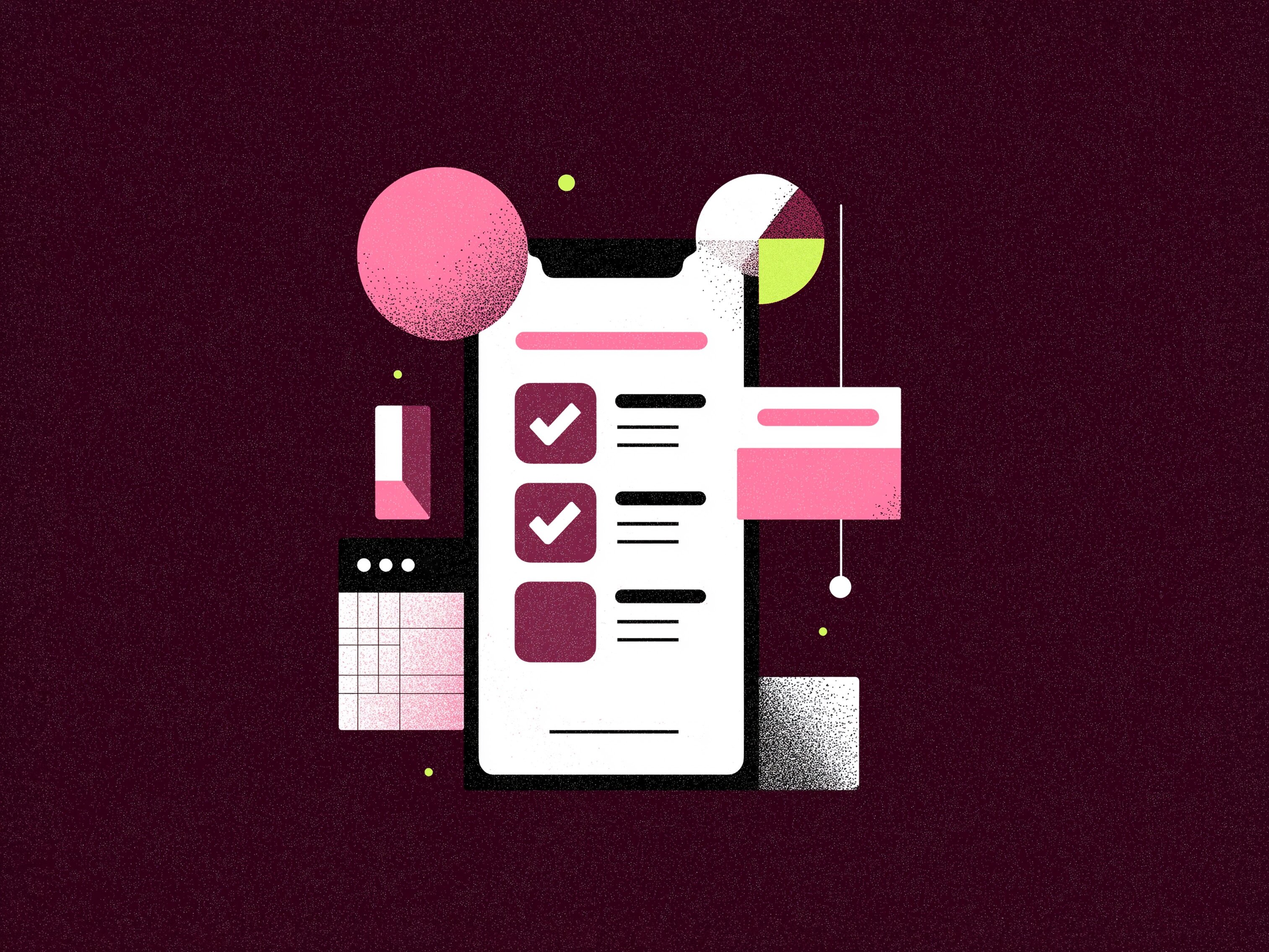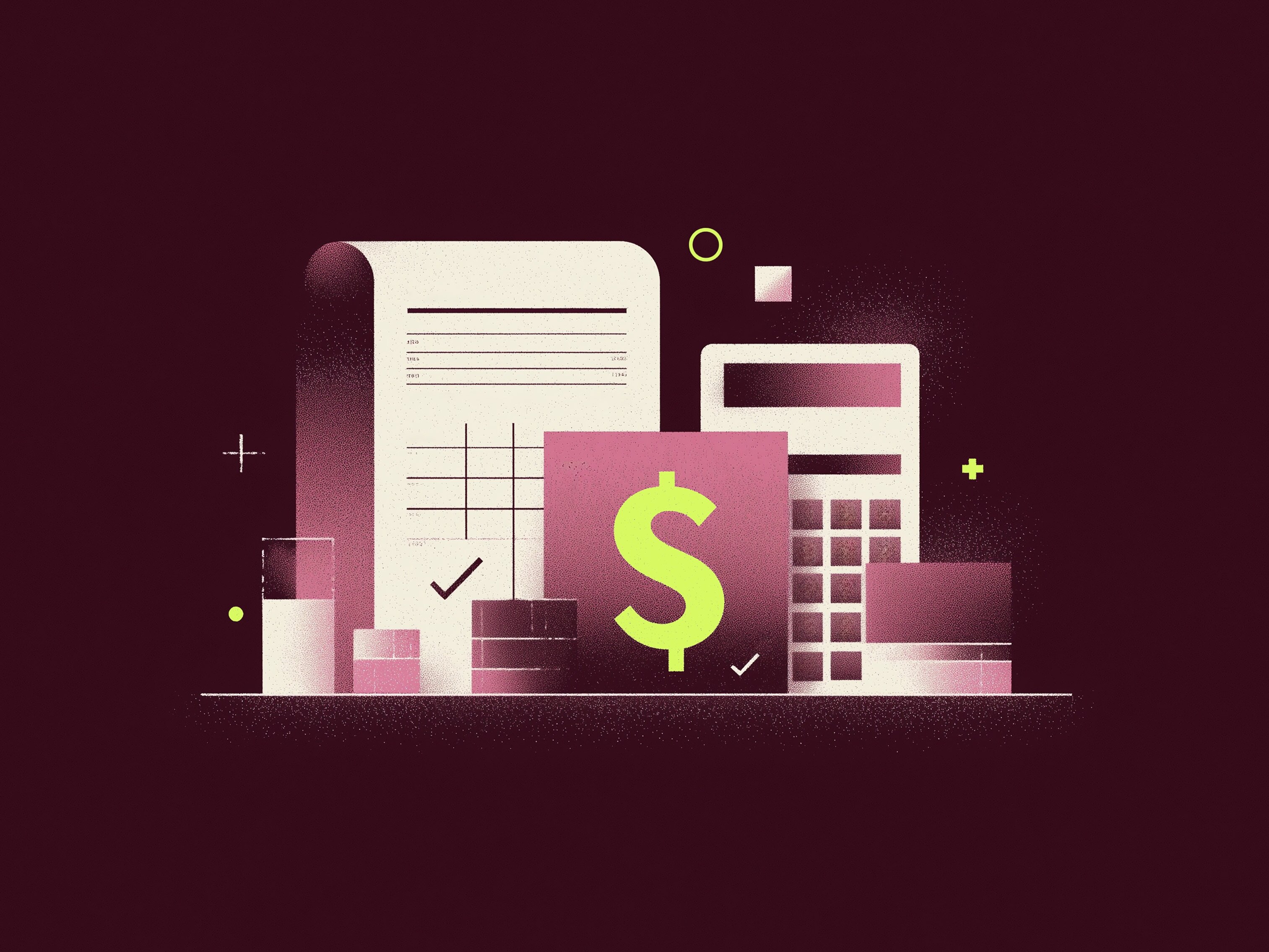Checking in on delayed payments, inquiring about pay cuts, and confronting creative differences are always awkward conversations to have with your clients. But they need to happen if you want the rest of your working relationship to run smoothly. Unfortunately, the ongoing COVID-19 pandemic has thrown how we work, how we get paid, and even who we work with into question—meaning you might have to face even more difficult conversations than usual. This is a delicate time to air your problems, says Jake Poinier, author, and founder of the advisory site Dr. Freelance. A “pushy” approach is probably the wrong move. Hear them out before asking for what you want, and offer your services where you think they might be helpful. Here’s exactly what to say when you run into a tough spot with a client.
If your rate has been reduced…
COVID-19 has strained the economy, and it’s only a matter of time before pay reductions or furloughs come your way. Be prepared to discuss these changes with your clients. This is where being empathetic will really come in handy, Poinier says. Everyone is facing an uncertain future, and it’s important to acknowledge that when you reach out about a changed or reduced fee. Start out by checking in with your client's well-being and expressing understanding that their business might be in a difficult spot. Be ready to hear that there’s nothing that can be done about reduced fees. It’s hard, but try to keep it in perspective: Just because your client can’t pay as much as they used to doesn’t mean that your work is any less valuable.If a client reduces your rate, you may want to turn down the work altogether. But if you’ve been working with them for a long time, consider taking the lower pay for now. Think of it as an investment in your relationship, Poinier says.
Try saying: Thanks for updating me about the changes in the budget. I understand that everyone needs to adapt to the current moment and, although it’s lower than my usual price, I’m willing to work for this adjusted rate, with the hopes that we’ll have an opportunity to discuss an updated fee once things stabilize. In the meantime, I can break my rate into multiple invoices if this helps lessen the impact of my fee. Let me know if you’re interested!
If you want more work…
“This is a tough time to ask for additional business, unless you have a clear idea of what your client is going through,” Poinier says. Don’t email them asking if they can make space for you; reach out with a solution to a pre-existing problem. Make sure to remind them of the last project you worked on together—and the stunning results.A sly way to highlight your skills is to briefly mention a project you’re wrapping up for someone else. For example, if you want ad copy work from someone, start your email off with an aside about how you just finished up some ad work for another client, and now have some free time for more. Even if it feels contrived on your end, it can be highly effective, Poinier says.
Try saying: I hope I’ve caught you at a good time! I’m just wrapping up [relevant work for another client] and thought I’d reach out to see if you’re still looking for similar services. I really enjoyed working with you on [previous project] and would love to partner on something else.
If you’re checking in on delayed pitches and assignments…
Circling back, checking in, resurfacing—whatever you want to call it, these kinds of emails are always tricky to write. “It’s a delicate balance. You don't want to come across as pushy or desperate,” Poinier says. Just like dating, looking too thirsty can be a turnoff for clients. Ideally, you’ve already set some kind of expectation about when you expect to hear back. Whether they said they’d respond in a day or a week, honor that timeline and wait to reach out until it’s passed. When that time comes, remember to be empathetic and “leave the ball in their court,” Poinier says.
Try saying: Hi! You said to check in on [predetermined date], so I was wondering if you had any thoughts on my [pitch/idea/draft]. I understand the market is challenging right now, but I just want to know where we stand. I’m ready to go when you have the green light.
If you’re trying to start a relationship with a new client…
Go about it gently and stick to the industry you know (and probably already have connections in). There’s nothing wrong with trying to branch out from your current niche, but Poinier predicts that it will be very difficult under the current circumstances since clients are much more likely to hire workers they are already familiar with. With that in mind, start by putting your feelers out into your own corner of the market and see who’s actually looking for new freelancers. And remember that your pitch acceptance rate will probably be lower than usual with new clients.
Try saying:When I heard you were looking for an additional [writer/designer/consultant], I jumped at the chance to contribute. I have ample experience in [your industry] and have been hoping to work with you for some time now. Here, I’ve provided examples of my previous relevant work. If you’re still interested in assigning new contracts, I’d love to connect when you have a moment. Thank you!
Wingspan takes on the administrative burden for your business, so you can focus on work. Sign up for a 30-day free trial today.
You Might Also Like:
If Your Client Says They Can’t Pay You Anymore, Do This
Hey Freelancers! Here’s How to Navigate COVID-19
4 Mindfulness Steps Every Freelancer Should Do Before Starting Their Day


.jpg)

